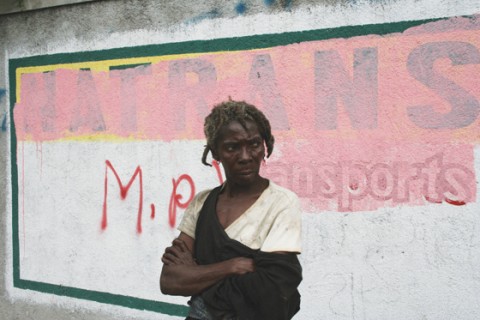Standstill in Haiti: Six months after the quake

After a five-month absence, parts of Port-au-Prince looked marginally better than when I had last seen the city in February. At least some debris from the January 12 earthquake had been removed. But generally, the city seemed at a standstill.
Many Haitians were focused on the welcome distraction of the World Cup soccer tournament. I often heard the comment that if it were not for the World Cup, the streets of Port-au-Prince would be filled with protesters angry at government inaction. "People are waiting for someone to show the way," said a young Haitian aid worker with the Lutheran World Federation.
At the center of disappointment and frustration is the fact that hundreds of thousands of people remain stuck in tent cities. The call, oft-heard after the quake, to "build back better" is heard less and less now, for very little building of any kind is going on. The standstill is due to a number of tangled issues, including questions over who owns and who rents land, about whether property owners should be compensated for the rubble they remove, and about whether the government could (or should) declare eminent domain and simply move people out of the camps located in public squares, parks and golf courses.





